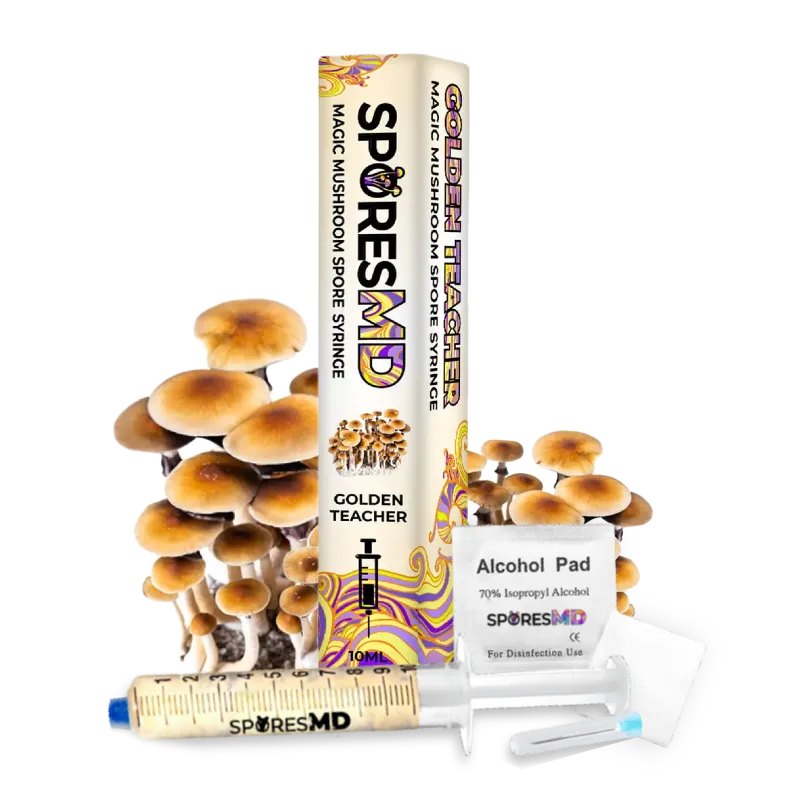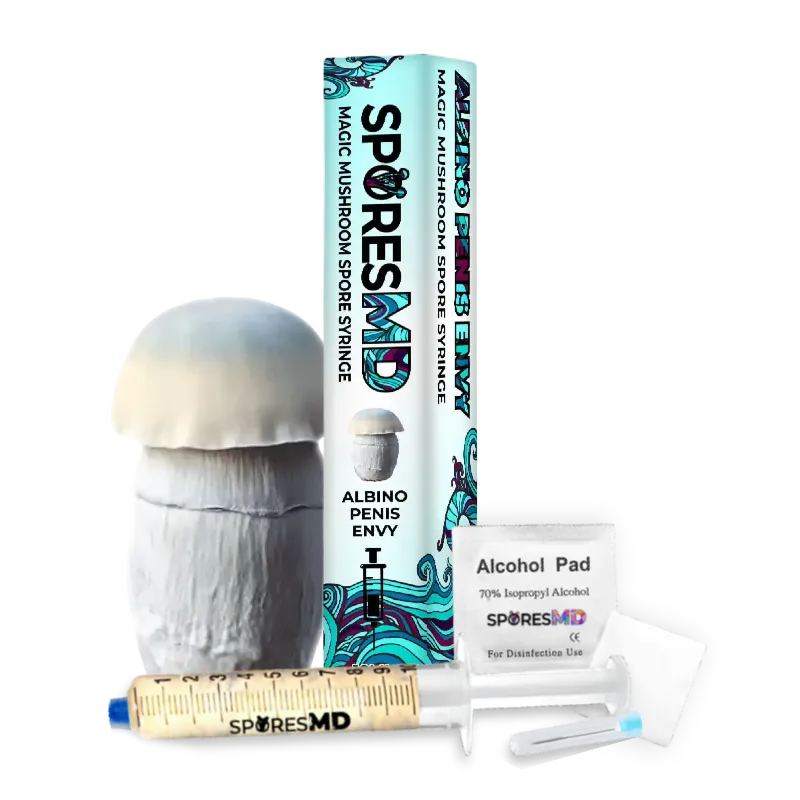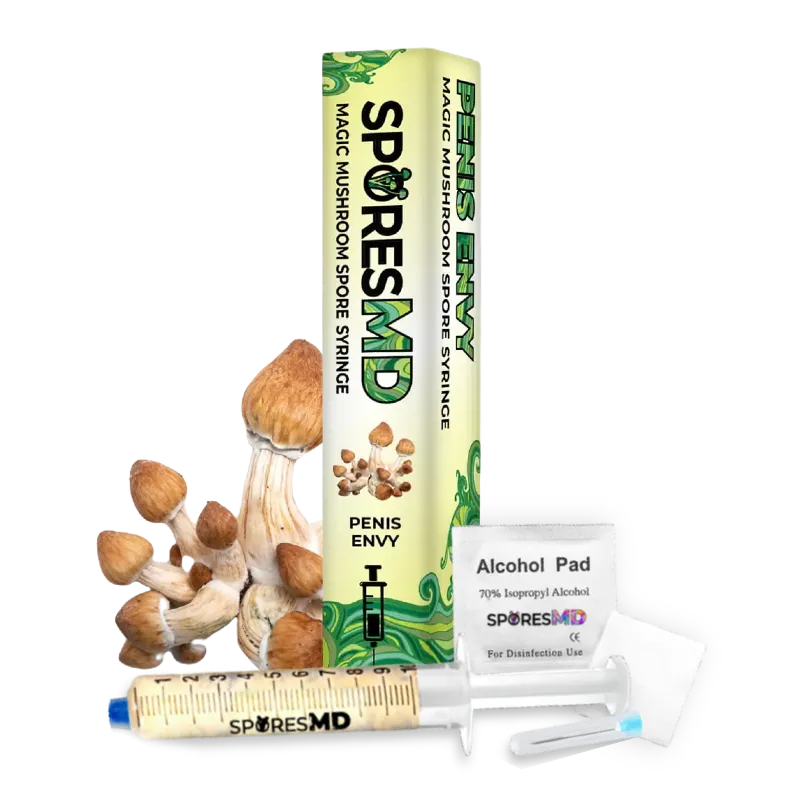Spores are survival tools. They help fungi reproduce and endure harsh conditions. These tiny structures come in various shapes and sizes.
Fungi use spores to spread. When nutrients are scarce, fungi form fruiting bodies. These produce thousands of spores, ready to disperse.
Spores can be sexual or asexual. They adapt to different environments, ensuring fungi thrive. Understanding spores reveals the resilience and adaptability of fungi.
Key Takeaways
- Spores as Survival Tools: Spores enable fungi and other organisms to survive harsh conditions, being highly resistant to heat, chemicals, and desiccation.
- Reproduction and Lifecycle: Spores play a critical role in the reproduction and lifecycle of fungi, bacteria, and plants, ensuring genetic continuity and species dispersion.
- Types of Spores: There are different types of spores, including fungal spores, bacterial spores, and plant spores, each uniquely adapted to their environment and role.
- Dispersal Methods: Spores are dispersed through various methods such as wind, water, and animal interactions, helping them reach new locations and thrive.
- Scientific and Medical Importance: Spores have significant roles in scientific research and medical applications, including genetic studies, biodiversity tracking, and vaccine development.
The Role of Spores in Nature
Survival Mechanisms in Harsh Conditions
Spores help many organisms survive extreme environments. They are highly resistant to heat, chemicals and desiccation. For example, Bacillus and Clostridium species form endospores that withstand adverse conditions for extended periods. The dehydrated core and protective layers ensure their survival. Spores can remain viable for thousands of years.
- High resistance to heat (40-45°C higher than vegetative cells)
- Chemical resistance
- Desiccation tolerance
Studies show Clostridium perfringens spores exhibit a 105-fold increase in heat resistance compared to their vegetative counterparts.
Reproduction and Lifecycle Maintenance
Spores are crucial in the reproduction and lifecycle of fungi and bacteria. They ensure genetic continuity and species dispersion.
- Asexual spores: Formed without genetic recombination. Efficient for rapid population increase.
- Sexual spores: Include genetic material from two parent cells, promoting diversity.
Bacillus cereus demonstrates how spores survive fluctuating temperatures, allowing the species to cause foodborne illnesses. In fungal reproduction, spores like basidiospores and ascospores are essential. Sizes range from 3µm to 300µm, making them versatile in different environments.
Visit our mushroom spore syringes shop for quality mushroom spores and improve your cultivation methods.
Spores play a vital role in the resilience, reproduction and dispersion of many organisms. Explore our resources to harness their potential in your studies or applications.
Types of Spores and Their Producers
Fungal Spores
Fungi rely on spores to reproduce and disperse. Fungal spores can be asexual or sexual. Molds like Rhizopus stolonifer produce hyphae with sporangia at the tips. These sporangia release numerous spores, aiding rapid spread.
Fungal spores, robust and designed for survival, ensure fungi can colonize new areas. Unfortunately, these spores can trigger allergies, with 34% of people developing symptoms from exposure.
Bacterial Spores
Not all bacteria can form spores, but those that do, such as Bacillus and Clostridium species, use endospores for survival under stress. Endospores are extremely resistant, ensuring bacteria endure harsh conditions.
Here’s a simplified structure of a bacterial spore:
| Layers | Description |
|---|---|
| Spore Coat | Outer protective layer |
| Cortex | Thick layer providing rigidity |
| Inner Membrane | Surrounds the spore’s nucleus |
Bacterial spores, including endospores, are resilient and can remain dormant for long periods until conditions improve.
Plant Spores
Plants also utilize spores for reproduction. Algae like Chlamydomonas reinhardtii produce zoospores and aplanospores. These spores are created via mitosis under favorable conditions, while sexual reproduction occurs under stress, leading to the formation of diploid zygospores.
Certain red algae generate monospores that drift with water currents. These monospores germinate to create new organisms.
Explore more spores, ensure you understand their critical roles, and leverage this knowledge effectively.
Spore Dispersal Methods
Wind and Water
Spores reach new locations primarily through wind and water. Wind dispersal, or anemochory, is common in fungi and non-seed-bearing plants. Wind lifts spores from structures like conidia or teliospores, maximizing reach.
- Dry Air Spora: Includes conidia of Cladosporium, Alternaria, and Drechslera.
- Wind lifts conidia, teliospores, and uredospores, spreading them globally.
Water, or hydrochory, aids in spore dispersal around bogs and lakes. Rain either splashes spores directly into water or aids in their distribution. Sediments then preserve these spores, ensuring longevity.
Animal and Human Interaction
Animals, including insects and birds, play a crucial role in moving spores. Insects transport fungal spores on their bodies, leading to new colonization spots. Birds particularly aid in long-distance travel by carrying spores in feathers.
- Examples: Bees transporting fungal spores while pollinating.
- Birds spreading spores across continents during seasonal migrations.
Humans also unintentionally move spores through activities like agriculture and shipping. Spores can hitch a ride on clothes, shoes, and machinery, expanding their distribution range worldwide.
Spores in Science and Medicine
Spores play a crucial role in both scientific research and medical applications. Their unique properties make them valuable tools for various studies and treatments. Discover more by diving into their key roles below.
Research Applications
- Genetic Studies: Spores are extensively used in genetic research. Their simple structure and rapid reproduction rates allow for effective genetic experiments. Researchers can easily observe mutations and genetic variations.
- Biodiversity Tracking: Spores help scientists understand biodiversity and ecosystem health. By studying spore dispersal patterns, researchers gain insights into species distribution and environmental changes.
- Industrial Biotechnology: Spores aid in the production of biofertilizers and biopesticides. They ensure sustainable agriculture by improving soil health and controlling pests naturally.
- Antibiotic Resistance: Certain bacterial spores exhibit resistance to antibiotics, making them a focus of medical research. Understanding these mechanisms can lead to the development of new treatments.
- Vaccine Development: Spores are used in creating vaccines and immunotherapies. Their stability and ability to endure harsh conditions make them ideal carriers for antigens.
- Pathogen Control: Medical professionals use spores to study and counteract pathogens. By analyzing spore formation and survival, they develop effective treatments to combat infectious diseases.
Visit our mushroom spore syringes shop for high-quality spores that can be used in various medical applications.
The combination of research and medical use highlights the versatile nature of spores. Stay informed about their ongoing contributions to science and medicine.
Conclusion
Understanding the purpose of spores reveals their critical role in both nature and science. These tiny powerhouses not only ensure the survival and dispersal of various species but also contribute significantly to scientific and medical advancements. From aiding biodiversity to playing a pivotal role in research and industrial applications, spores are indispensable. Their ability to adapt and thrive in diverse environments underscores their importance in our ecosystem and their potential in future innovations. Embracing the study of spores can unlock new avenues for research and development, highlighting their remarkable versatility and impact.

![7 Key Purposes of Spores You Need to Know [Scientific & Medical Insights]](https://sporesmd.com/wp-content/uploads/2024/05/9F1C_kPCtx-_n34uLHNtm.jpeg)



